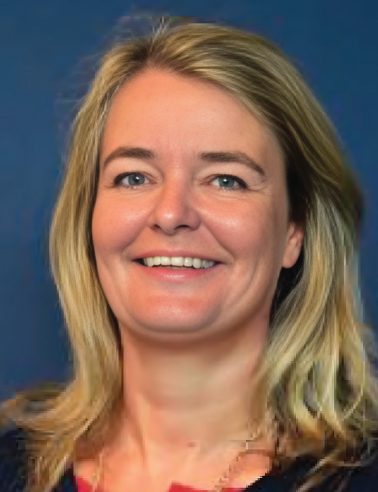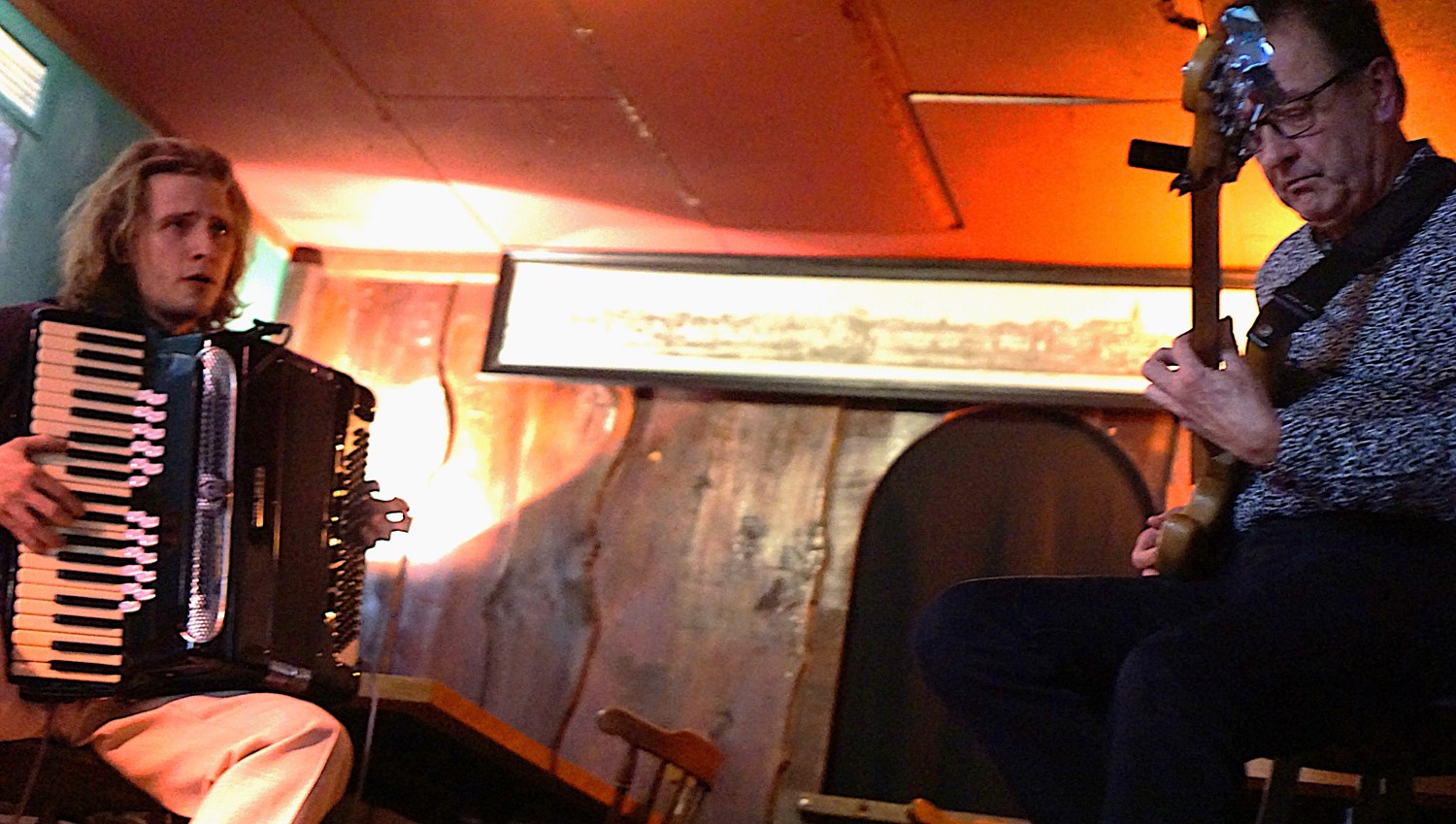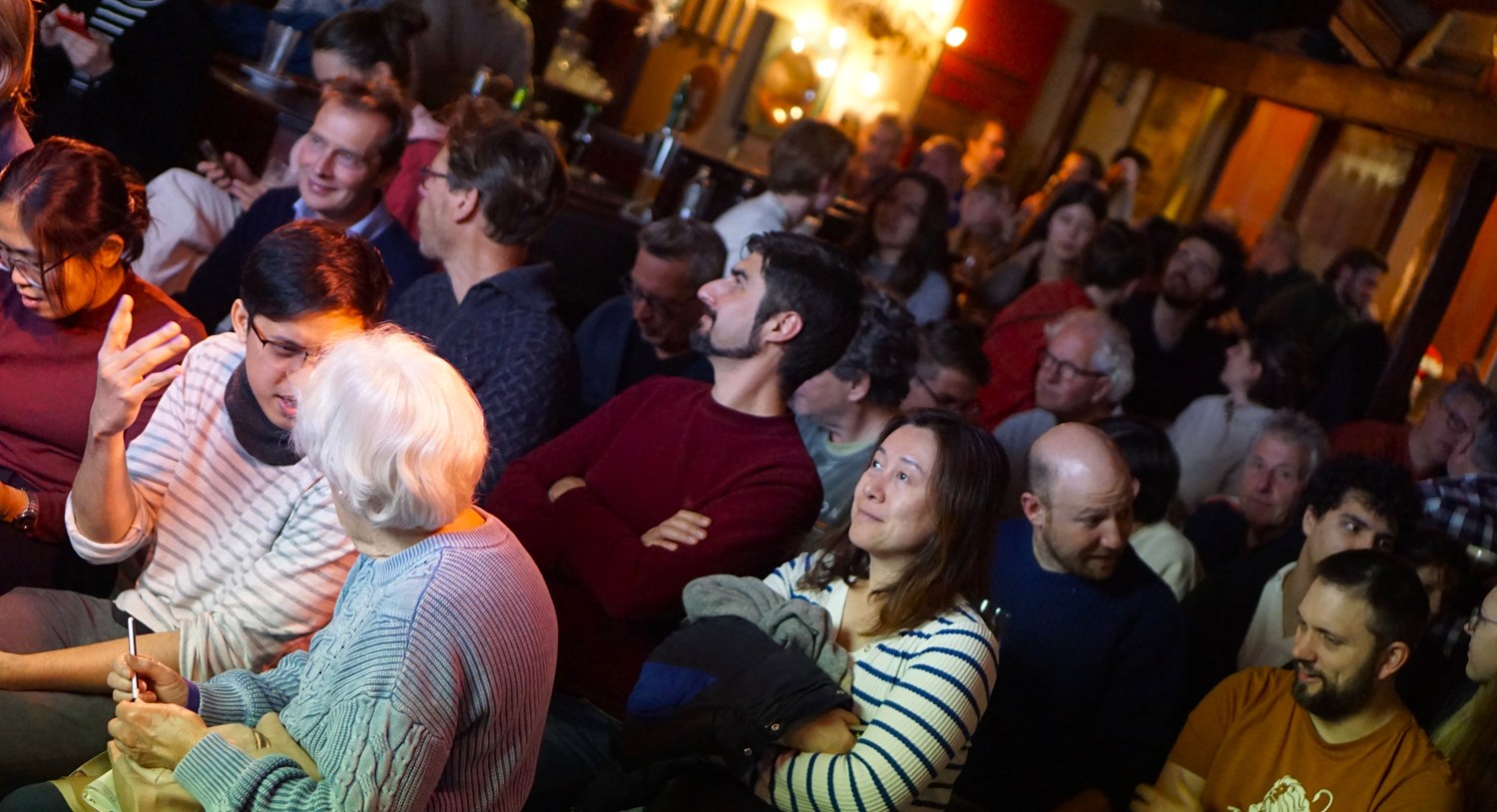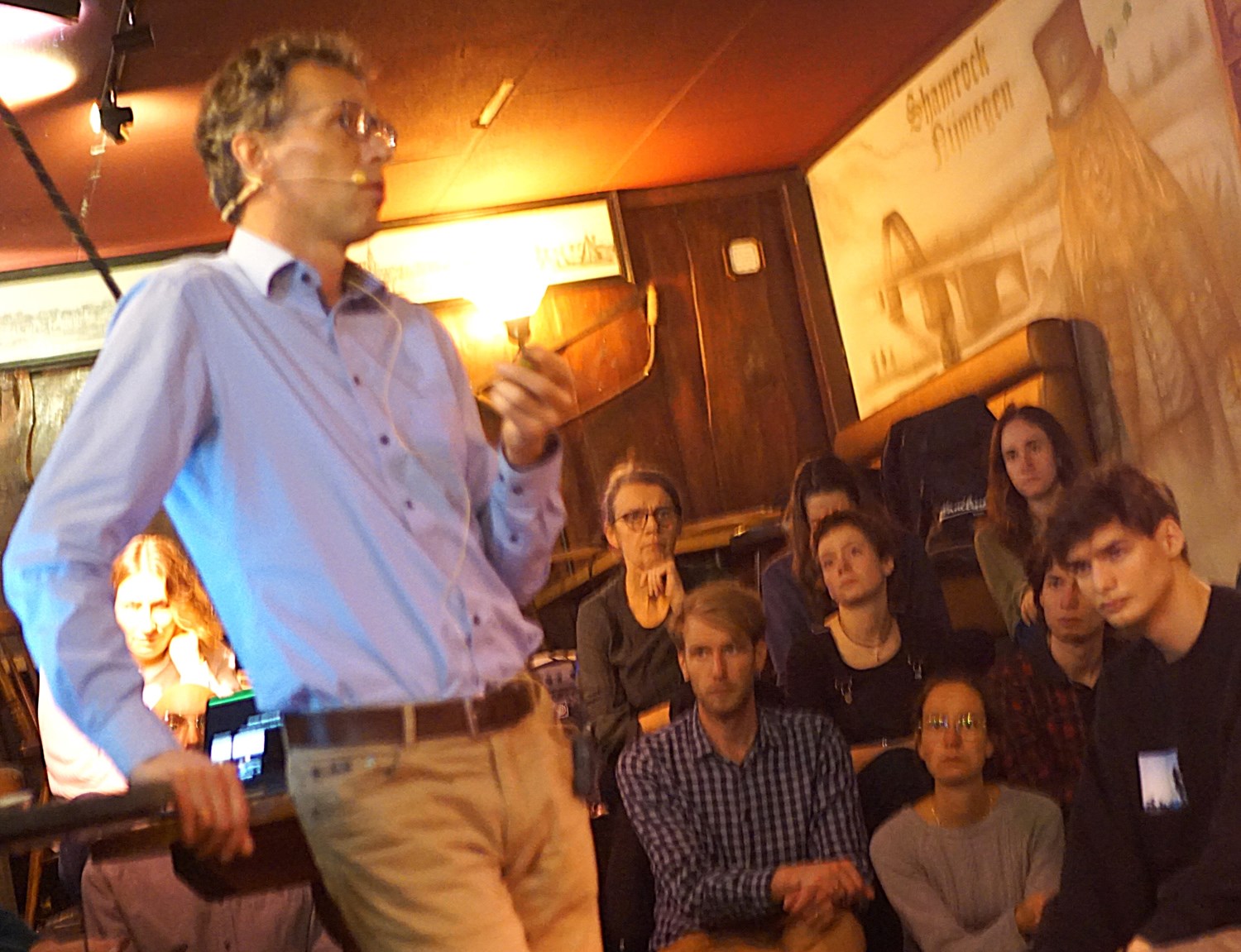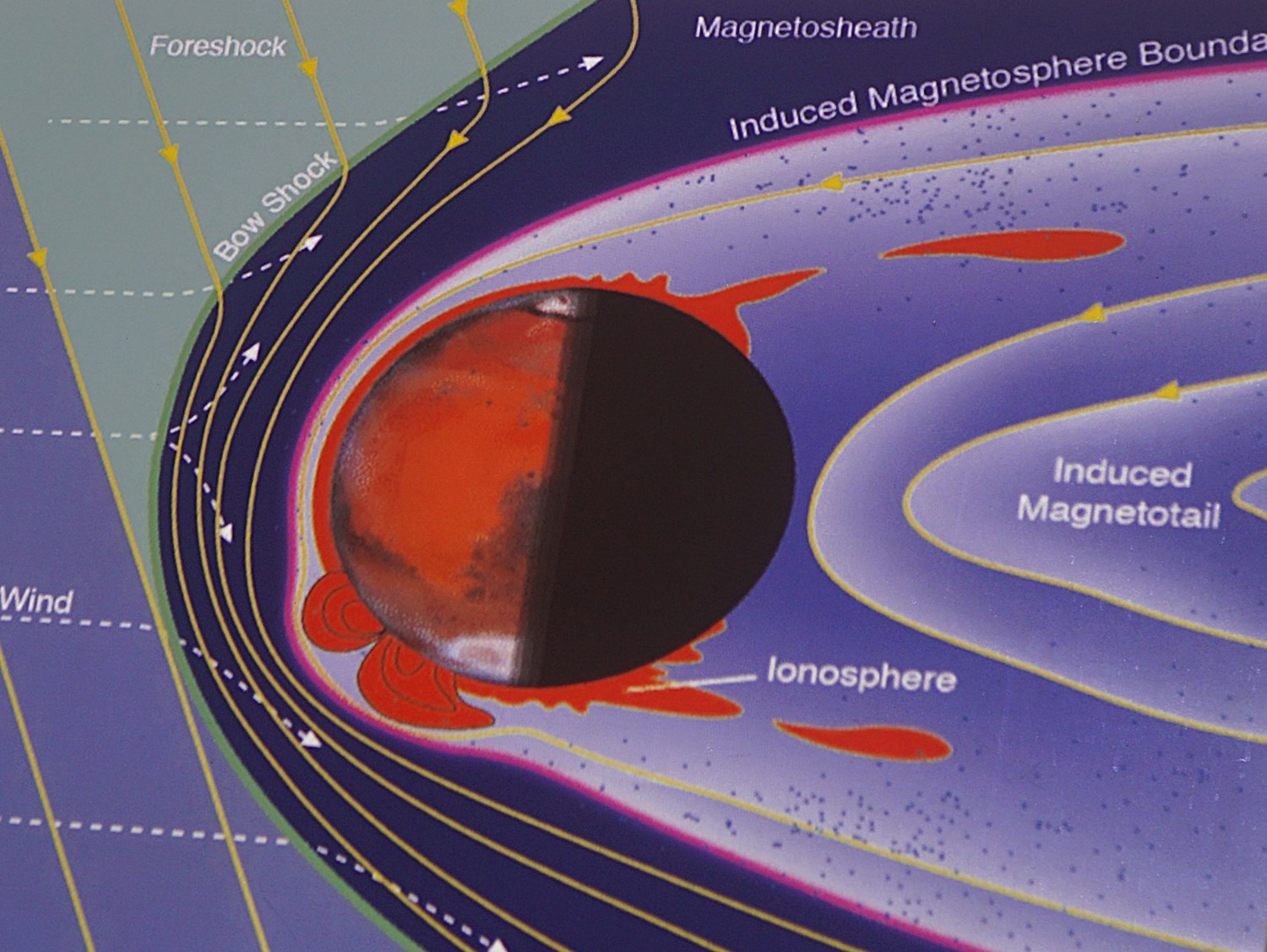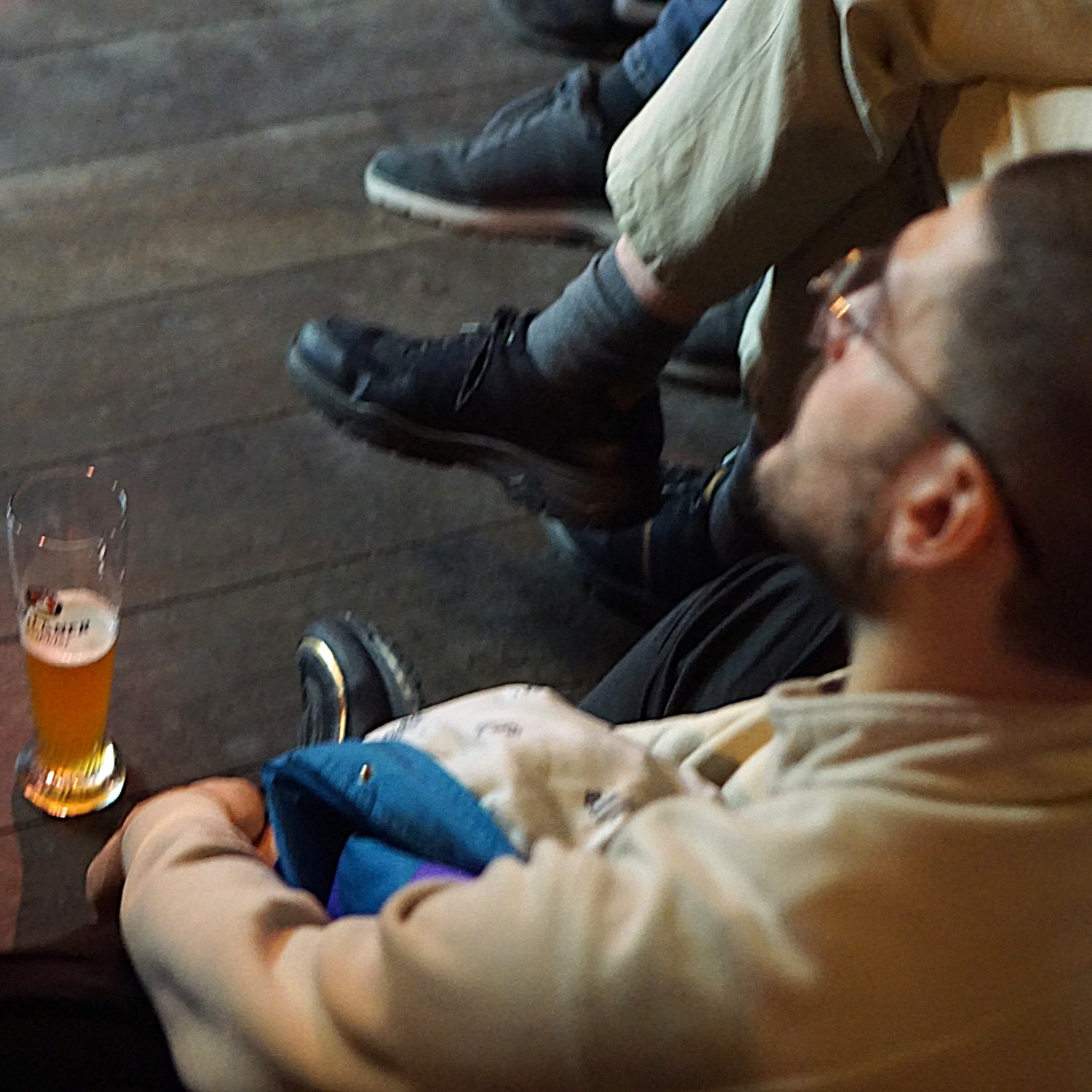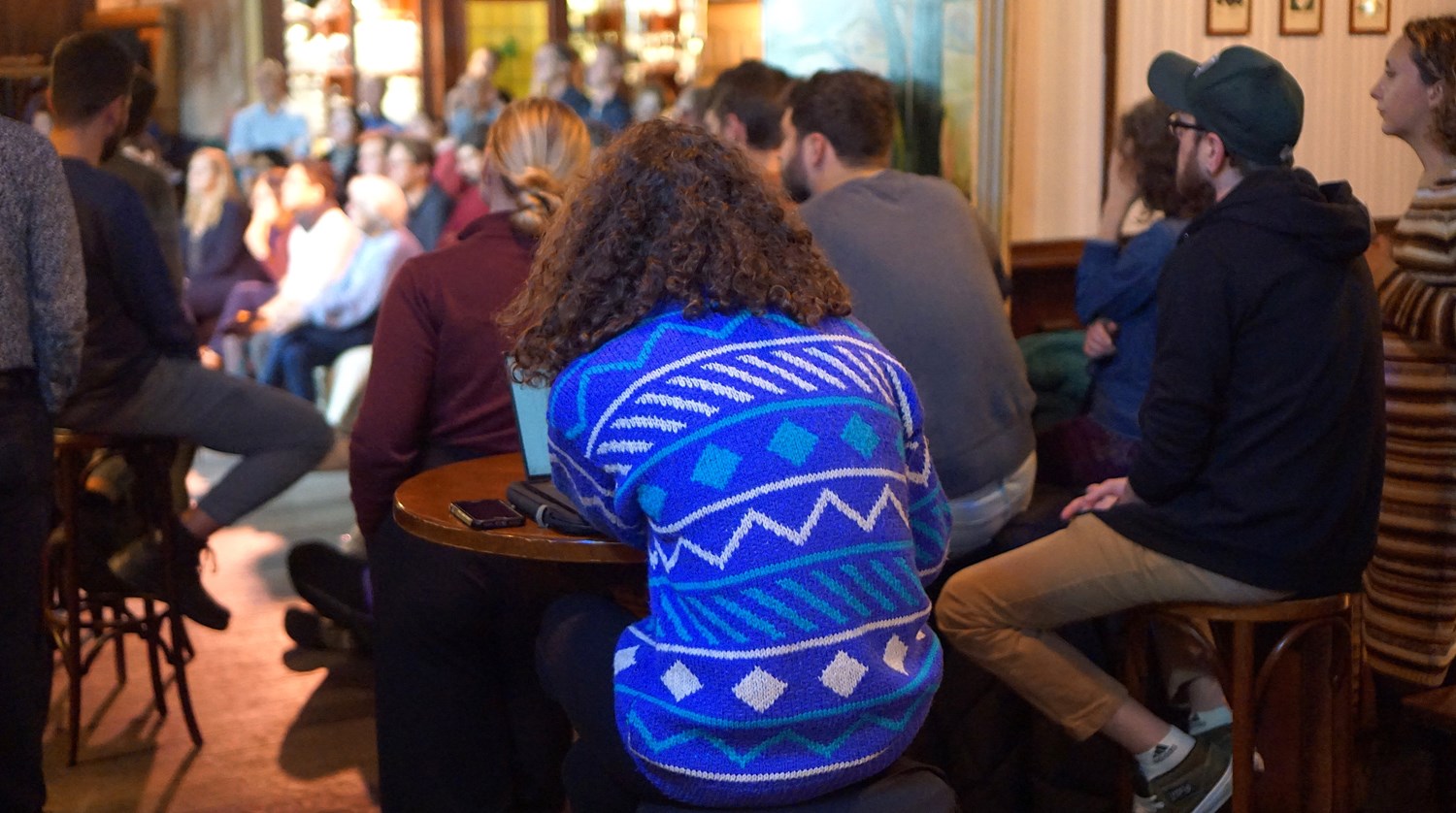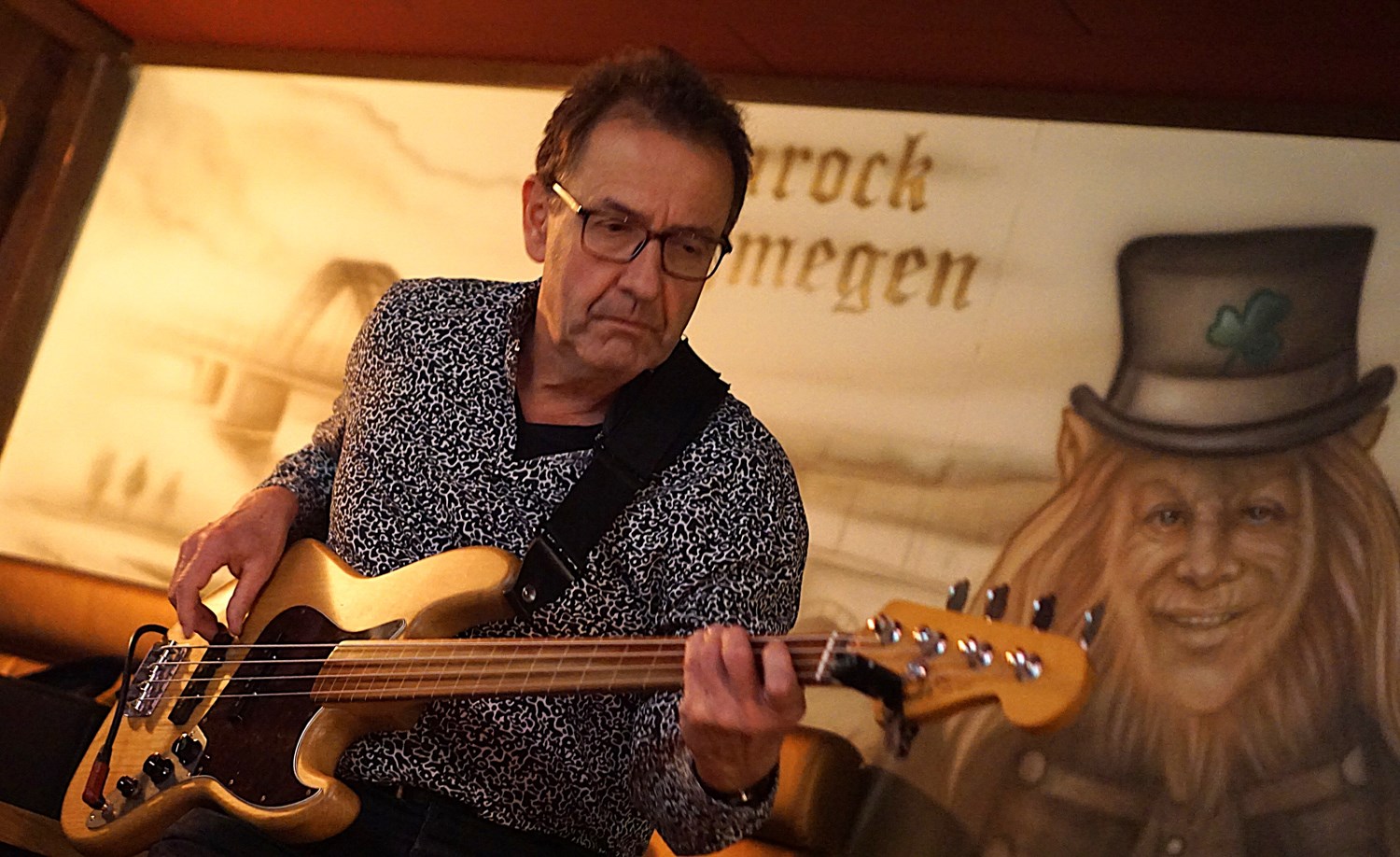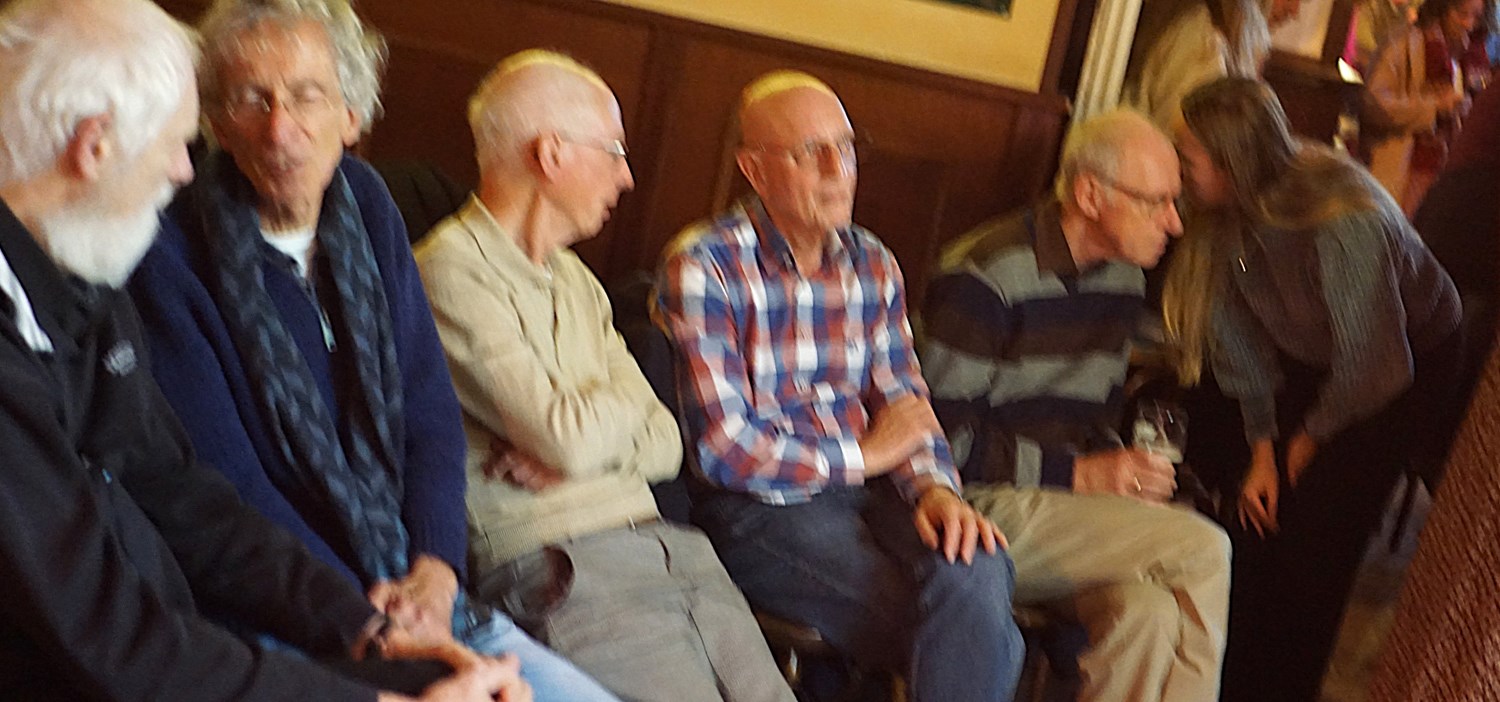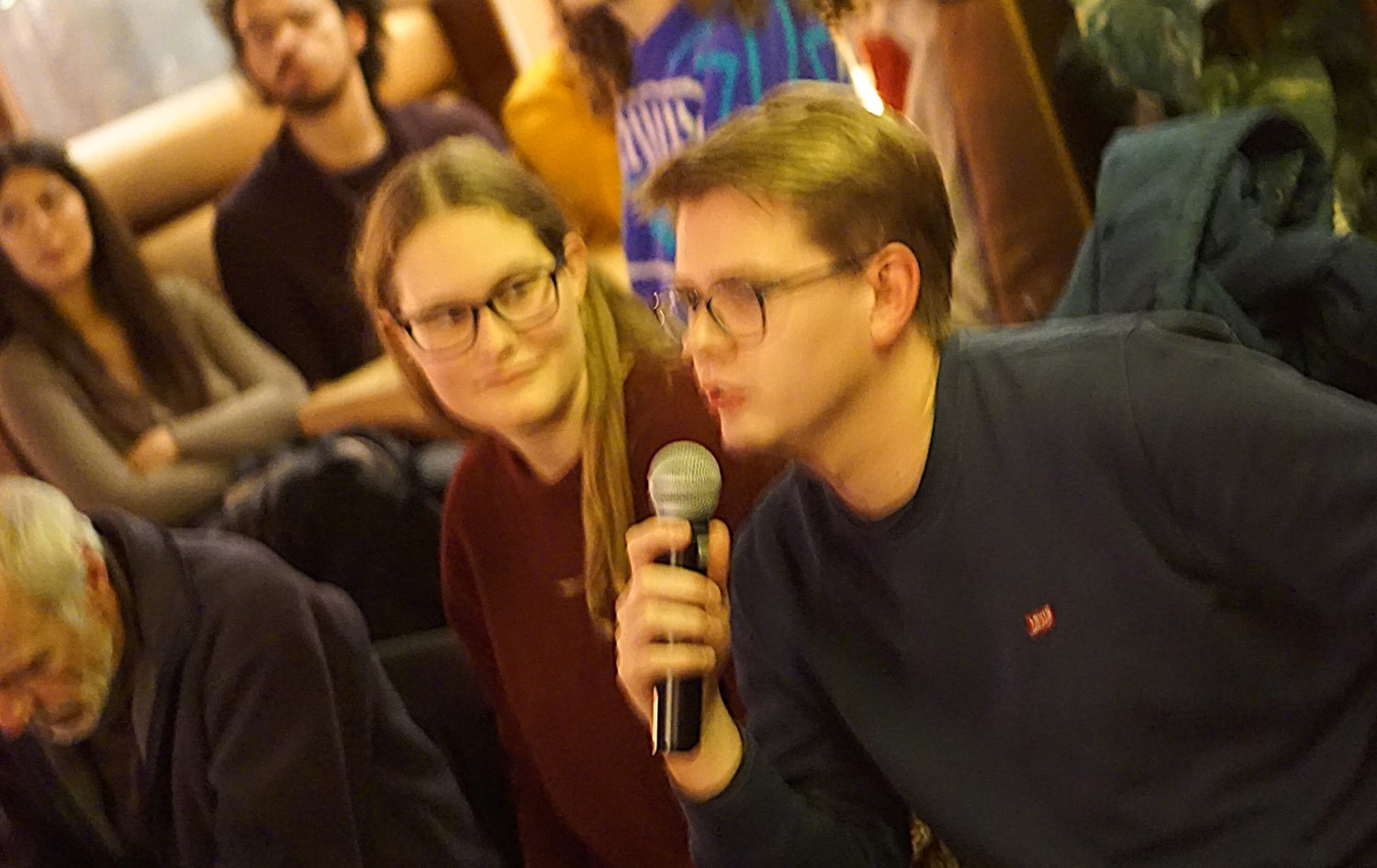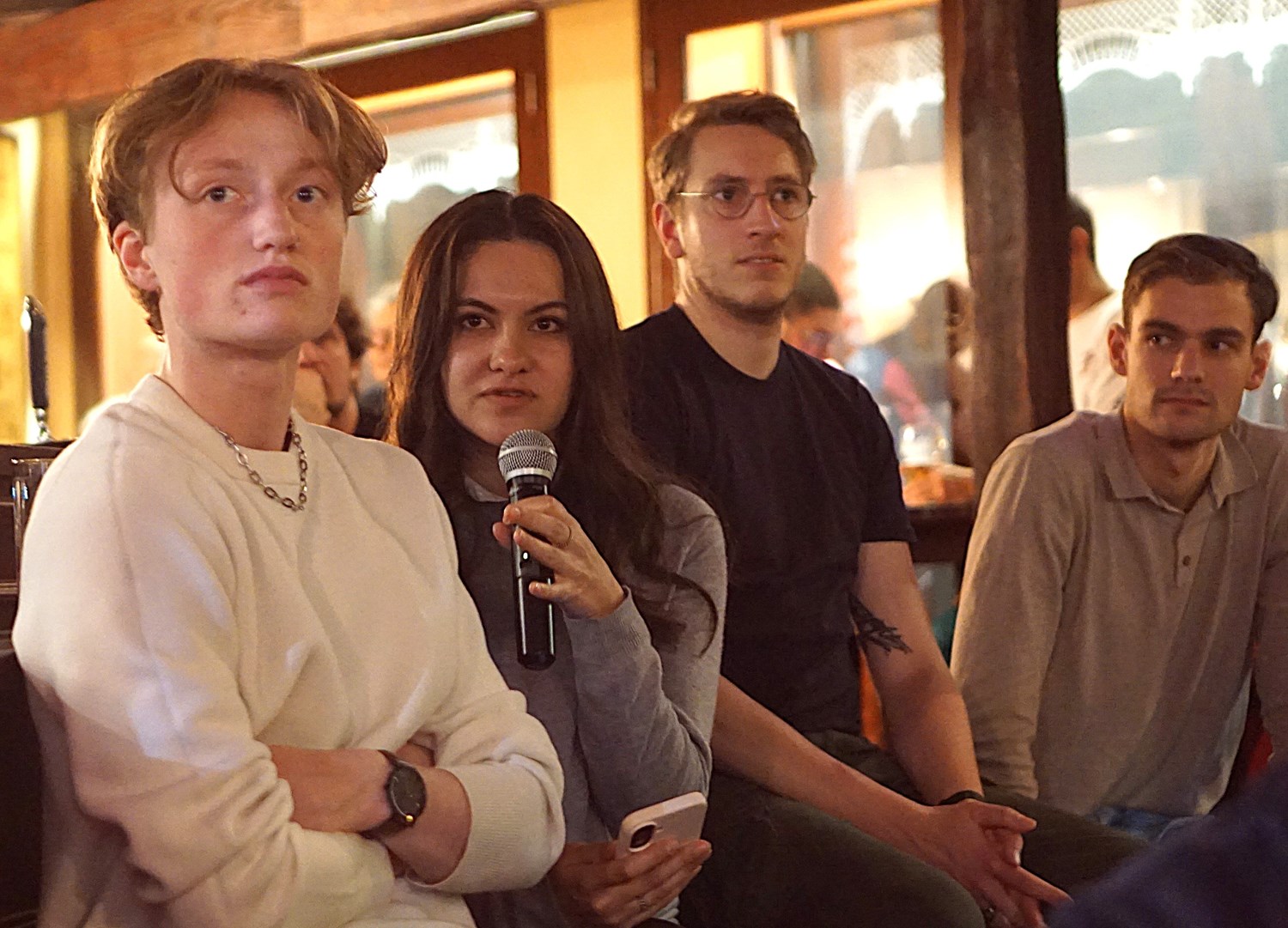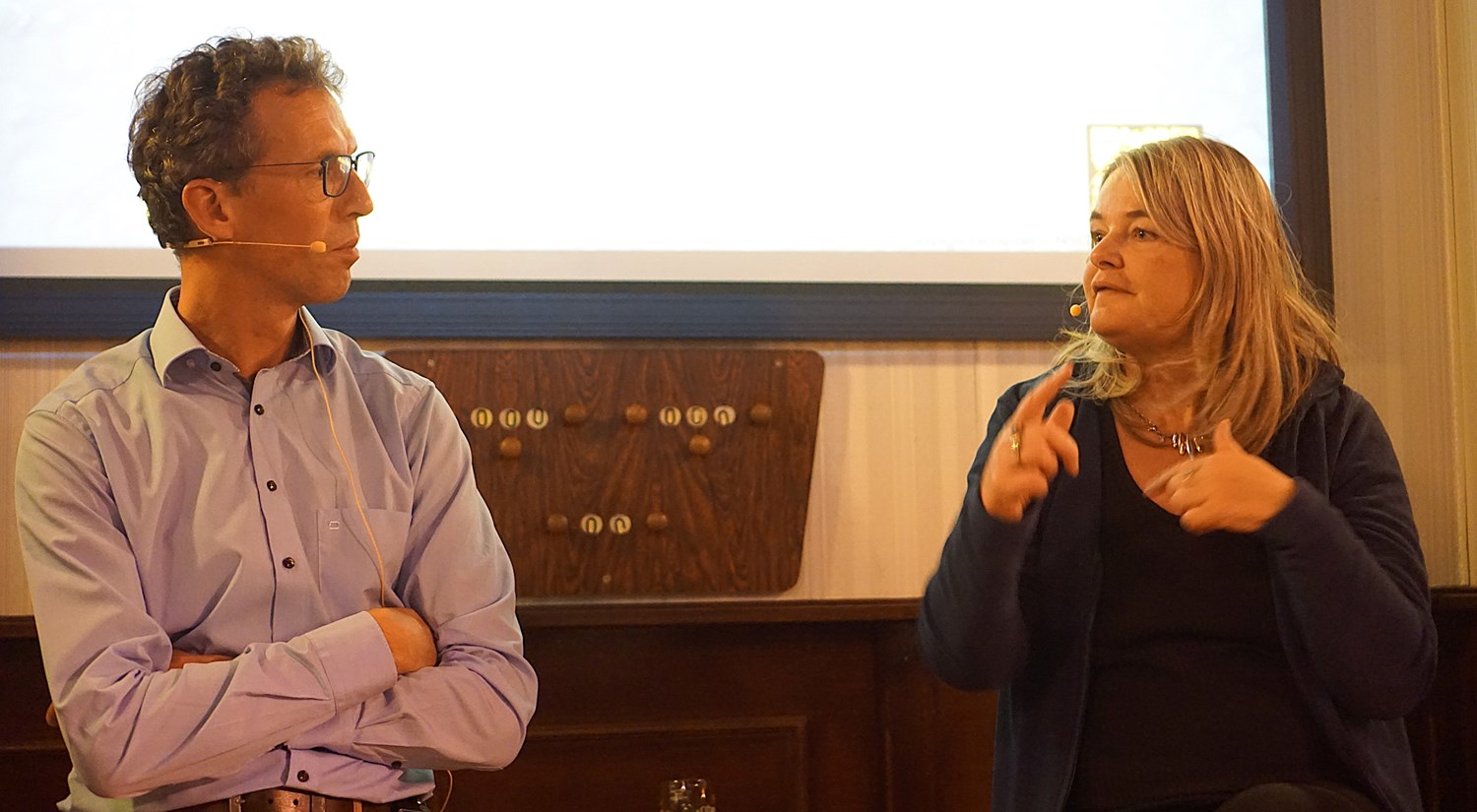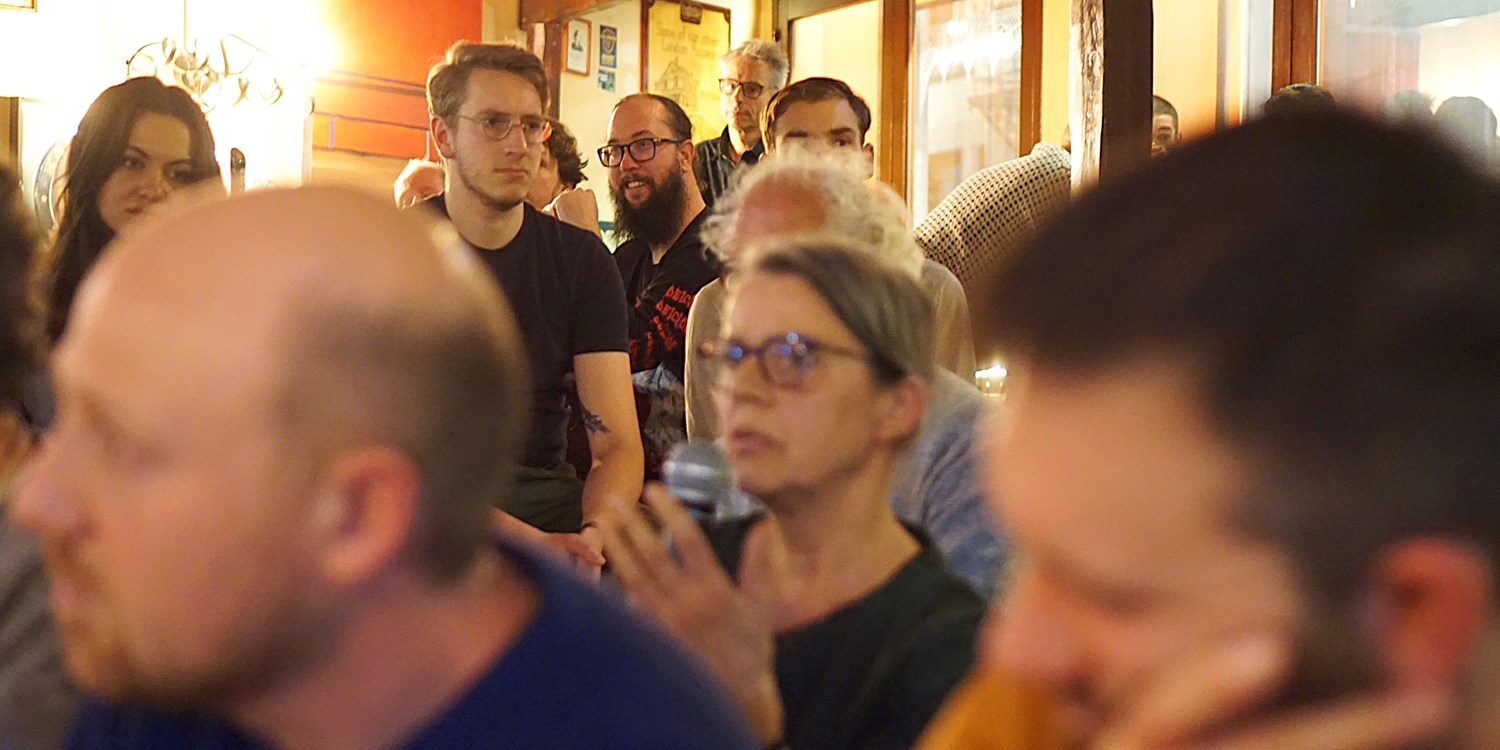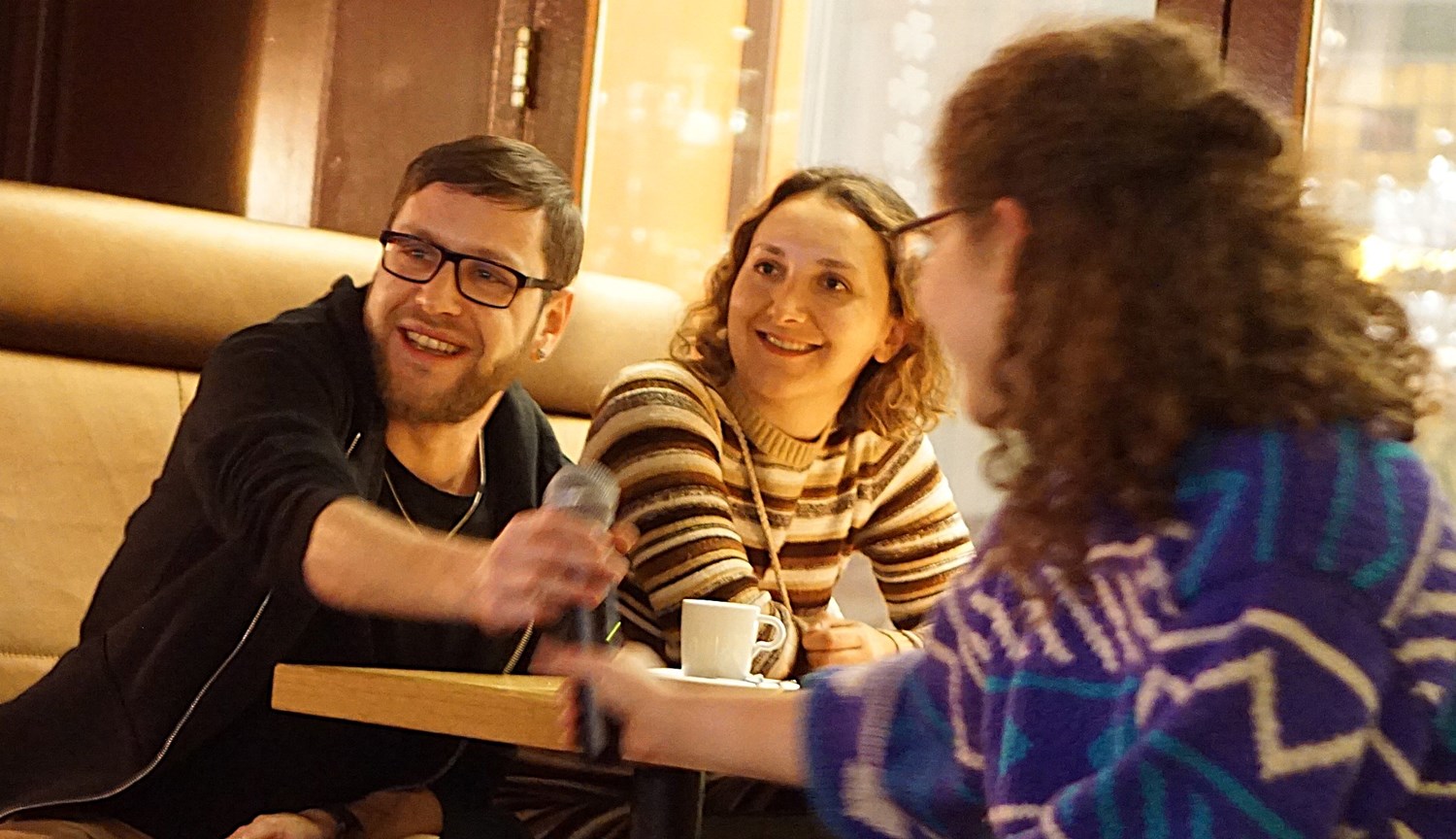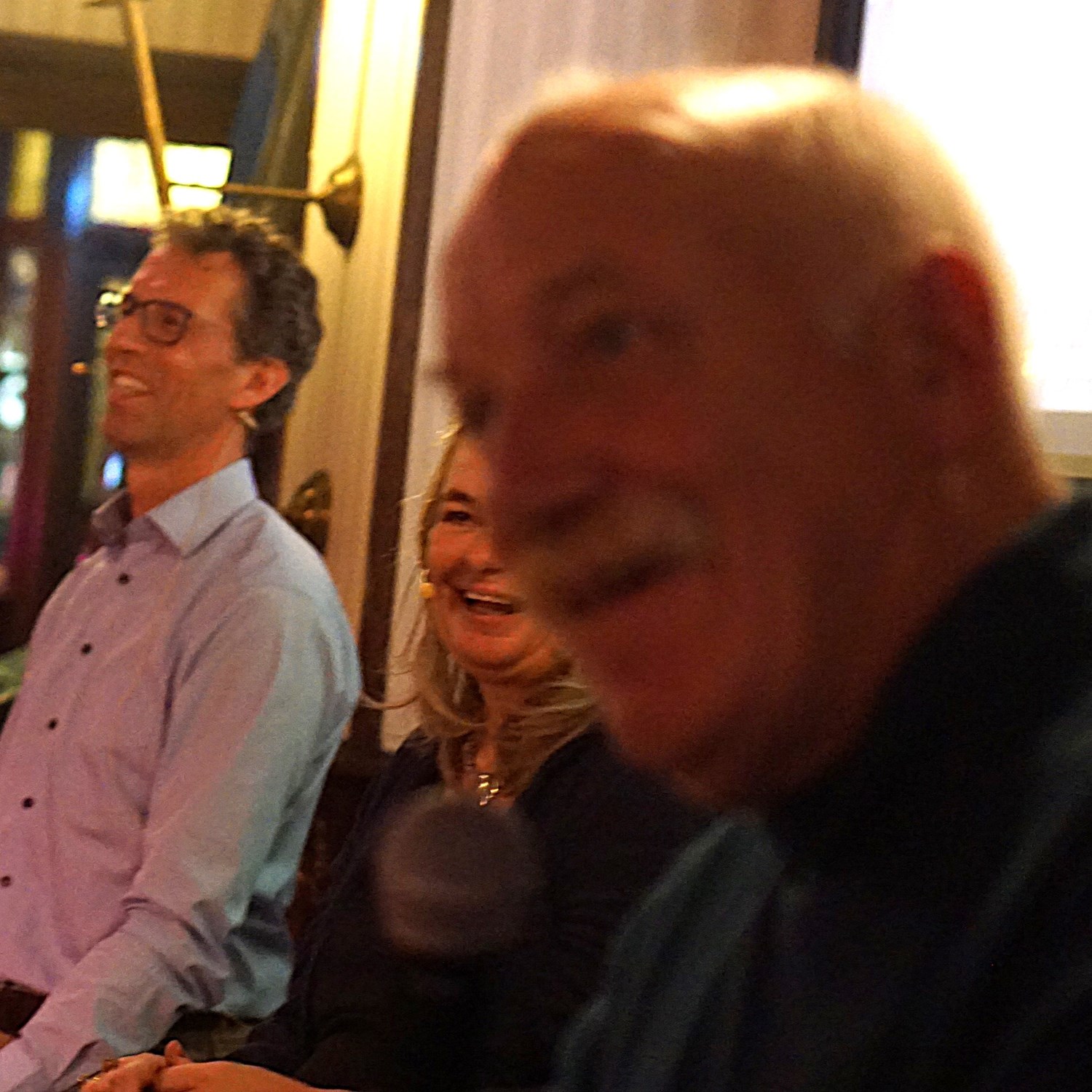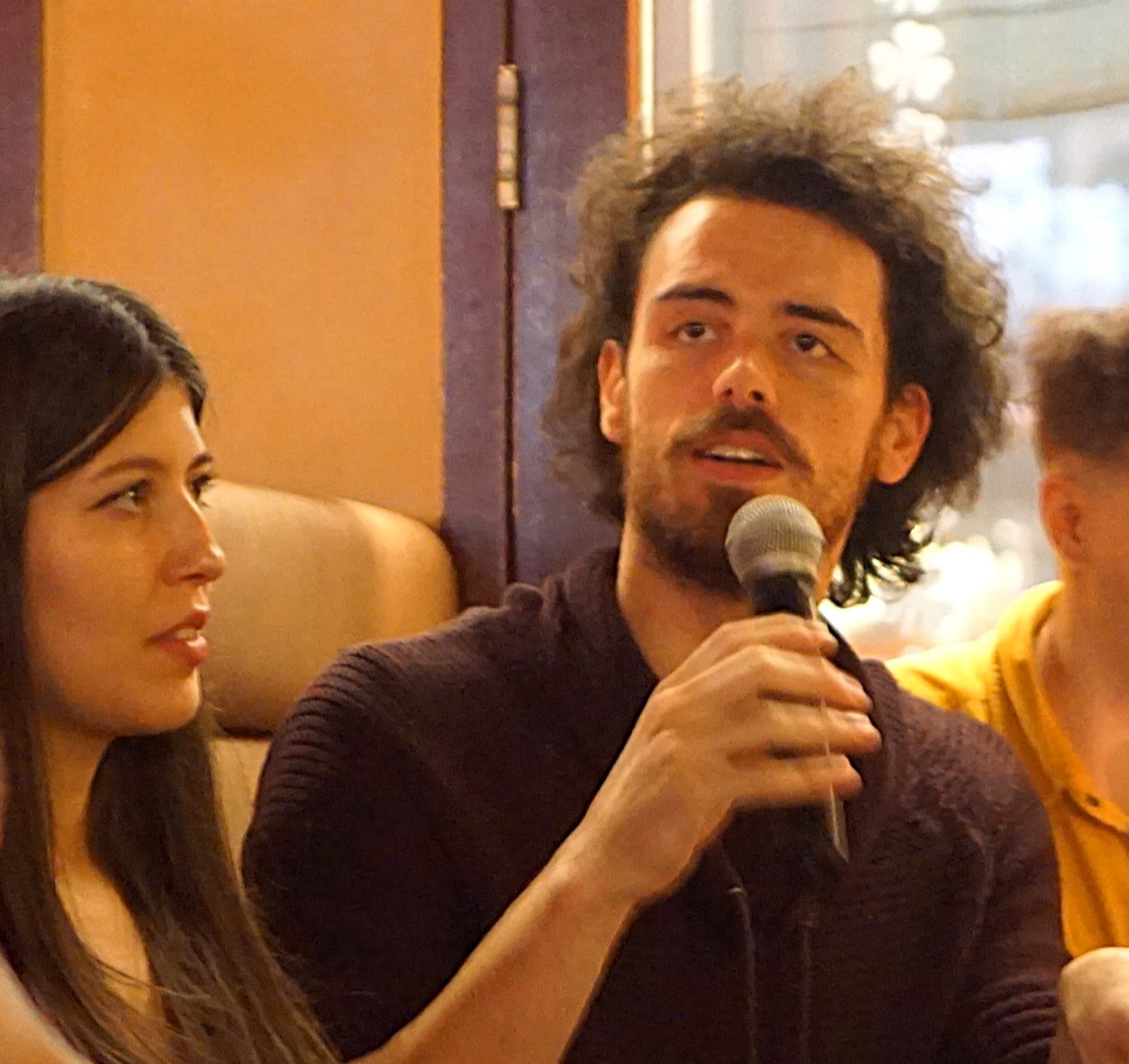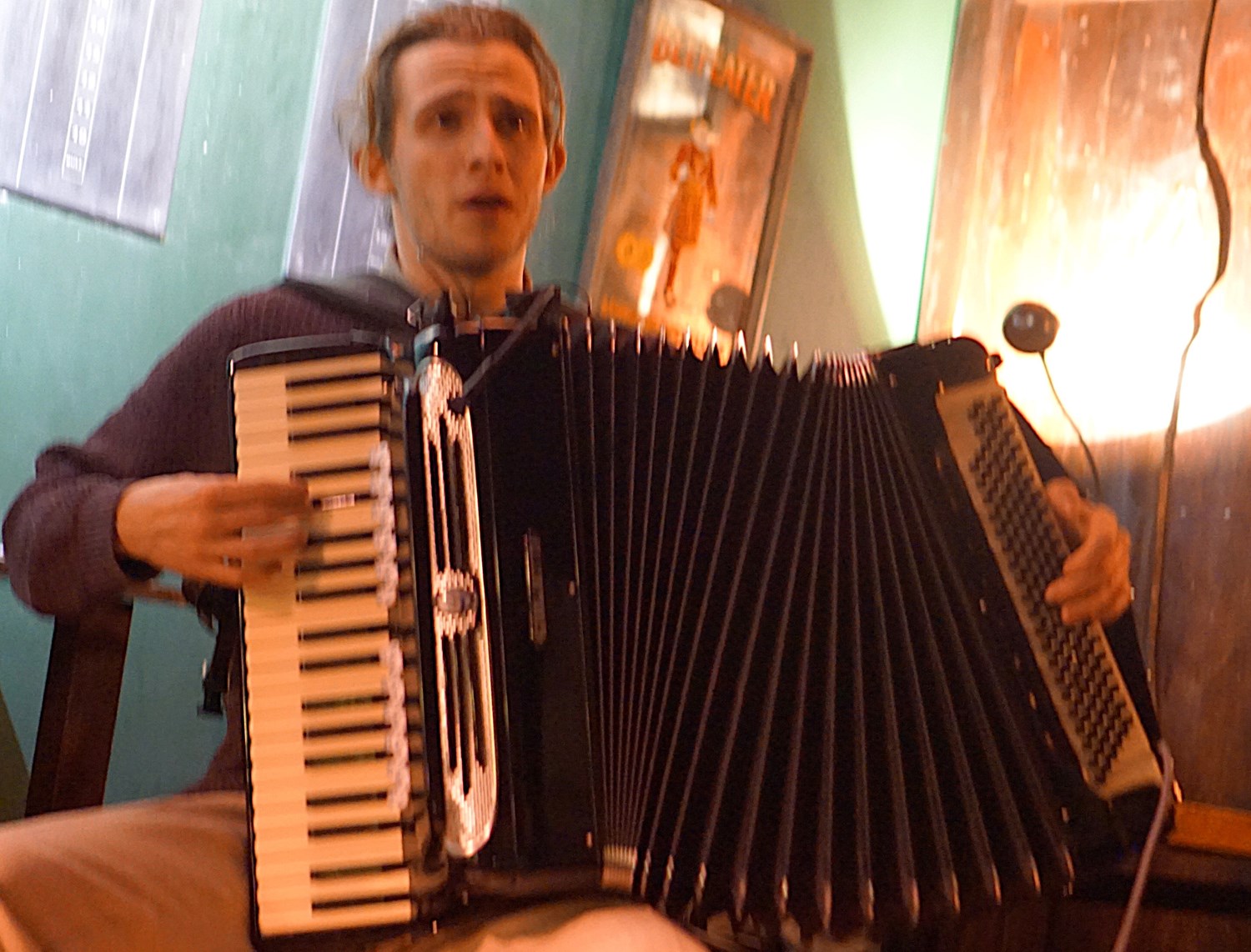13 November 2024
Solar Storms
The dark side of the sun
Magnificent green and pink auroras
are lighting up ever more southern skies. These awe-inspiring spectacles not only captivate us but also remind us that our little blue planet resides near an active star. As the Sun’s magnetic poles are about to flip, the super-hot, churning plasma at its surface reaches peak activity, creating sunspots and triggering violent phenomena such as solar flares and coronal mass ejections. The Earth’s magnetic field acts as a protective shield against the streams of energetic solar particles, making it habitable. However, it does not protect us from all dangers. Radiation bursts penetrate the magnetosphere, and CMEs can trigger serious geomagnetic storms that disrupt our technology, as seen in 2022 with the Starlink satellites. What exactly drives the Sun’s 11-year cycle and eruptions? How brutal can they get, and how vulnerable are we and our technology today?
Diverse research around the globe and out in space is advancing our understanding of the Sun, space weather, and its impacts. On November 13, two prominent scientists in the field will visit the Science Café Nijmegen to update us on these exciting topics and discuss the latest insights. Daniel Müller, project scientist for the ESA/NASA Solar Orbiter and SOHO space missions, will share a selection of these probes’ thrilling images and data, explaining what they teach us about the nature, workings and behavior of the Sun and the heliosphere. Viviane Pierrard, head of the solar wind division at the Royal Belgian Institute for Space Aeronomy and professor at UCLouvain, explores with us the various effects of space weather on the Earth and its environment and on humankind. Throughout the evening, Lukas Proske on accordion and Michael Gustorff on bass guitar will play interludes of jazz standards and original compositions. Shedding light on its darker aspects, let's get to know our star more intimately!
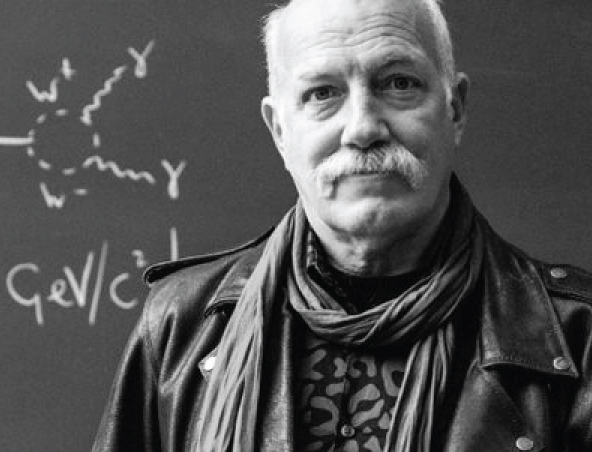
Ronald Kleiss

Lukas Proske & Michael Gustorff
Further reading
Solar storms: a new challenge on the horizon? (pdf)
Space Weather Prediction Center | About space weather
NASA, NOAA: sun reaches maximum phase in 11-year solar cycle
The May 2024 solar storm: you questions answered
How solar storms play havoc with our lives
Researchers identify largest ever solar storm in tree rings




 Attend
Attend